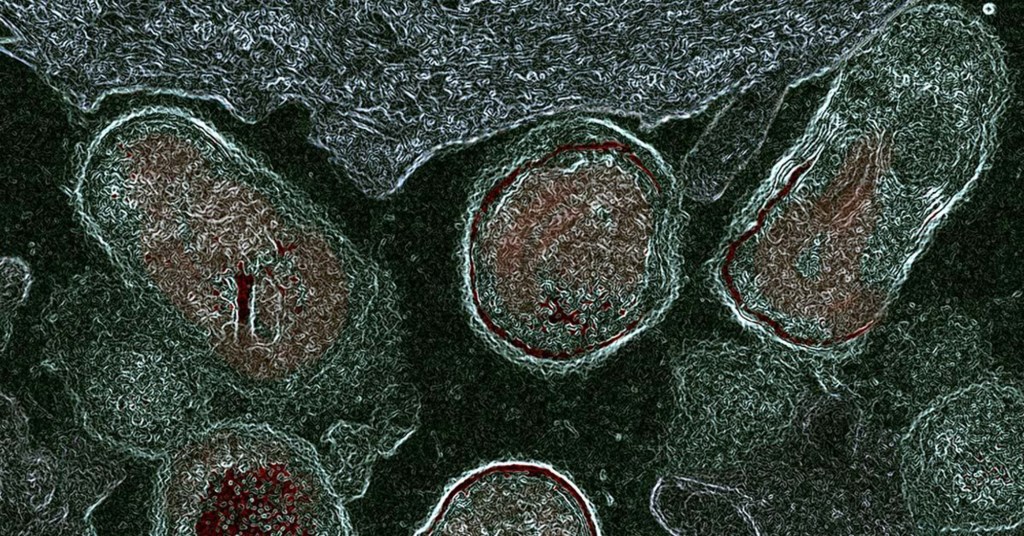Infection
Vaginal infection has been long linked to pregnancy risks
Researchers believe they have had a breakthrough in understanding how certain bacterial populations disrupt vaginal health, sometimes leading to pregnancy loss, sexually transmitted infections, and other health complications.
A study by the University of California San Diego School of Medicine, published Wednesday in the journal Science Translational Medicine, explores the circumstances behind bacterial vaginosis (BV), the most common vaginal condition in women 15 to 44 years old.
The UCSD researchers studied the epithelial cells that line the vagina. Sugar chains called glycans cover these cells, providing a protective coating.
Bacteria feed off glycans. In bacterial vaginosis, bacteria release enzymes called sialidases that partially subdue the glycan molecules, the study found.
The authors were able to artificially induce some of the symptoms of BV in unaffected cells by treating them with carbohydrate-degrading enzymes produced in the laboratory.
They noted that the levels of these enzymes were higher in the vaginal fluid of women with BV compared to those without the condition.
“We knew that bacterial species implicated in bacterial vaginosis can feed on glycans in secreted mucus,” co-corresponding study author Amanda Lewis, a UCSD professor in the Department of Obstetrics, Gynecology & Reproductive Sciences, said in a statement.
“The current study allowed us to look directly at what those bacteria are then doing to the vaginal epithelial surface landscape on a biochemical and microscopic level.”

The researchers say further exploration of the surface of vaginal epithelial cells could make diagnosing BV easier.
“We now have a blueprint of the glycans present on epithelial cells in the vagina, and we showed that these glycans are shaped by the bacteria that live there,” said Warren G. Lewis, a UCSD assistant professor.
“However, it will take more work to fully understand the functions of glycans in the vaginal epithelium and how bacterial vaginosis impacts those functions.”
In the meantime, they recommend avoiding douching or using scented products, which could disrupt the vagina’s delicate balance of bacteria.
BV typically occurs in women who are sexually active — it’s often treated with antibiotics.
Symptoms include vaginal discharge and pain.
Lewis noted that “even when bacterial vaginosis is identified and treated with antibiotics, recurrences occur in most individuals within a year.”
Not seeking treatment can lead to pre-term birth for pregnant women or sexually transmitted diseases like chlamydia and gonorrhea.

